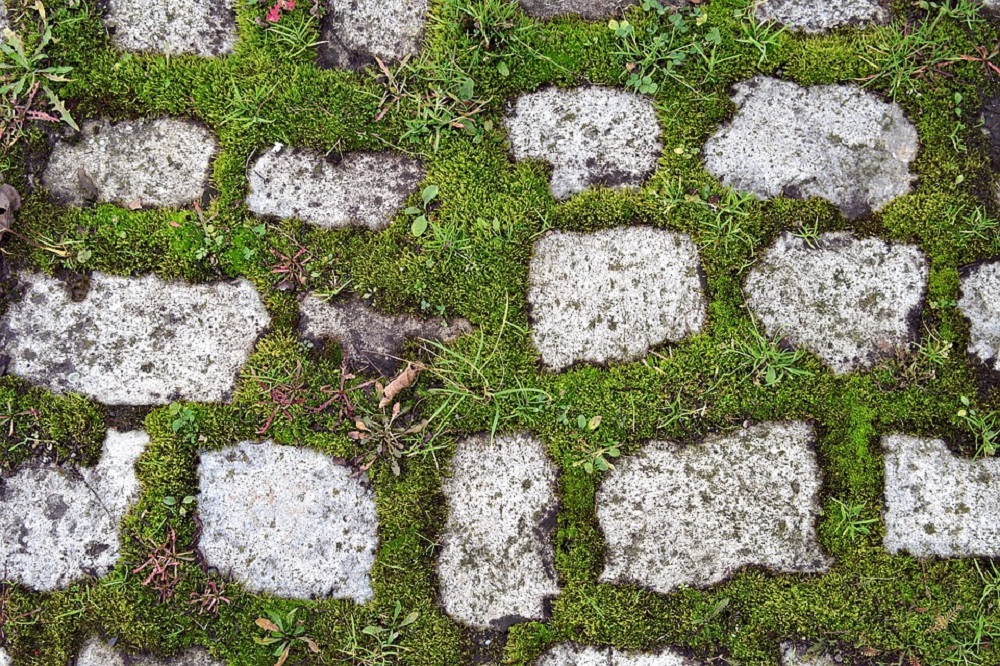To know what keeps moss from growing between pavers, we need to understand what makes moss grows between pavers in the first place. Dealing with a problem becomes easier when you identify the source of that problem.
Moss grows between pavers when seeds fall into the moist sand present within the paving blocks. Therefore, the way to prevent moss from growing between pavers is sealing the pavers to prevent weed seeds from dropping in between the pavers. Also, keeping away moisture from the pavers every time.
Ways to Keep Moss From Growing Between Pavers
Seal the pavers
If you want to prevent moss from growing between your paver blocks, seal the pavers. If the moss is already growing between the pavers, clean the moss before sealing the pavers.
You can seal your pavers by applying stabilizing sand. Sealing your pavers with stabilizing sand will prevent airborne particles from making their way into the tight spaces between your pavers of driveway or walkway.
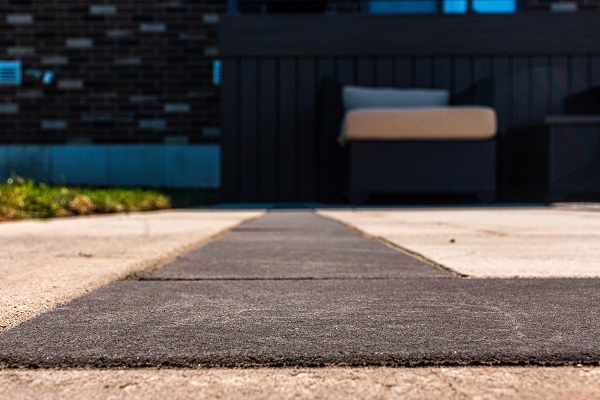
Although this method does not give 100% success for preventing moss growth between pavers, it can help prevent moisture from getting to the joint. Thus, slow down the moss growth and makes it easy to control the moss growth.
Keep your pavers clean always
Make sure you keep your pavers of the driveway or walkway clean always. Do not allow dirt, debris, leaves, mulch, seeds to pile up between the pavers. If possible, clean the surface and the joints of the pavers every three days, at most, weekly, with a broom or leaf blower.
Keep away moisture
Moisture is the primary catalyst for the growth of moss. A little moisture is enough to resurrect a dying moss. Ensure to drain standing water with a blower or broom. Also, try to do everything possible to prevent water from touching the pavers.
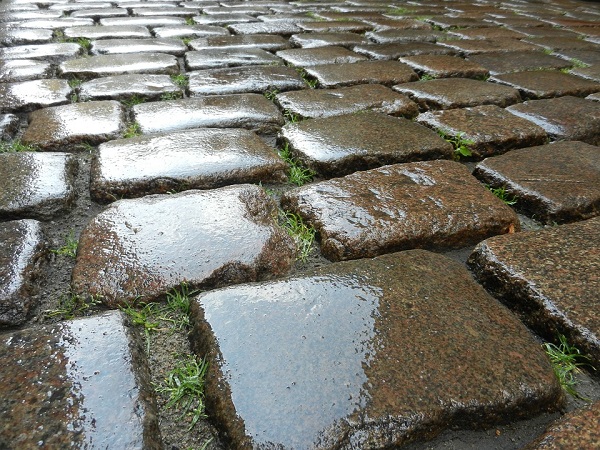
Don’t give it a breathing space
Scrape off the moss immediately you sight it. Try not to leave it to the next day. If you neglect the moss, it will cover your pavers rapidly. It can even become deeply rooted in the spaces between the pavers.
Thus, make it harder and time-consuming to remove the moss. So try not to allow it to survive another day once you notice its appearance between your pavers. Several tools can help with moss removal from your pavers.
But we recommend FITOOL Patio weeder. It is efficient for removing moss, grass, and weed between pavers and on walls. It is made with stainless steel, and it comes with a soft grip ergonomic handle with hanging holes, for easy storage after use.
5 Ways to Get Rid of Moss Between Pavers
Boiling water
You can kill moss growing between your pavers by pouring hot water over it. After applying the boiling water, follow it up with a nice scrub with a broom or stiff brush. You can mix the boiling water with vinegar for more effective results. Moreover, vinegar will help remove the organic matter and dirt that the moss needs to develop.
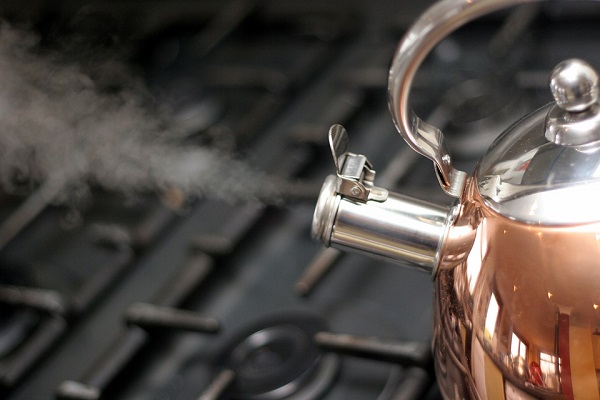
Bleach
Bleach is efficient for getting rid of moss between pavers. It can even impede the growth of moss. However, you might want to use caution when applying it. Bleach can cause significant damage to your pavers.
Ensure to dilute the bleach with water before applying it on the joints of the pavers to kill the moss. Use 10% of bleach to 15 liters of water. If possible, make sure the solution does not get to the surface of the pavers. Pour the bleach directly on the moss between the pavers.

Baking soda
Baking soda is effective for the removal of moss between pavers. It is easy to handle. Just pour the baking soda over the affected area. After sprinkling it over the moss, allow it to rest for 24 hours. Then use clean the moss with a stiff brush.
Expose it to full sunlight
Most mosses cannot withstand full sunlight with little moisture. If anything is blocking the sun from reaching the moss, get them out of the way. It can be cars or trees and expose the moss to full sunlight. In addition, ensure you keep out moisture from the pavers. With complete exposure to sunlight and less water, the moss will die.

Use a tool to remove from growing between pavers
If you don’t want to apply chemicals or boiling water to get rid of the moss, you can remove the moss with a moss removal tool. The ideal tool to remove moss between pavers is a tool that can get into the tiny spaces of each paver block. This kind of tool has an L-shaped design.
The blade is thin enough to penetrate tight spaces conveniently and thick enough to remove moss. These tools are durable and easy to use to remove moss between patio blocks.
The tools to remove moss growing between pavers are divided into two- the short-handled tools and the long-handled tools. If you have an injury that makes bending or kneeling difficult, consider a Long-handled moss removal tool.
The Long-handled moss removal tools allow you to stand upright while removing the moss. That, in turn, helps save your back. The short-handled moss removal tools, on the other hand, provide better control to remove the moss, but it requires bending or kneeling.
The Factors that Causes Moss to Grow Between Pavers
Airborne particles
When wind, birds, or humans deposit airborne particles such as dirt, seeds, and soil-dust particles between pavers, it creates an environment for moss growth. The moss growth occurs when the particles combine with moisture and sand present within the pavers.
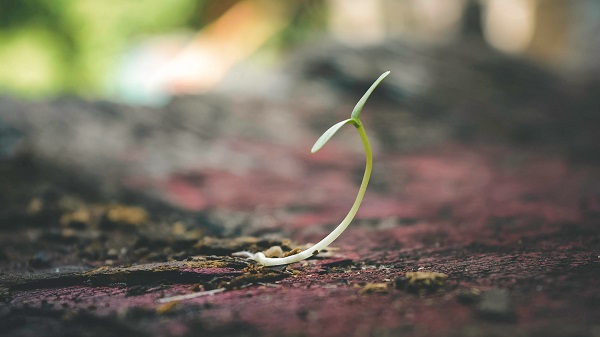
Less exposure to sunlight
To get rid of moss, expose it to sunlight. The opposite is true for moss growth between pavers. Therefore, if you want moss to grow between your pavers, expose the moss to less sunlight. Moss grows better in low-light intensity areas. This second factor will accelerate the growth of the moss if the first factor occurs (mixture of airborne particles with moist sand).
You might want to ask; why moss needs even little sunlight for growth even though they do not have flowers, or rhizoids just roots and their tendency to reproduce via spores.
The process is called photosynthesis.
Photosynthesis is the reaction of moisture, carbon dioxide combined with sunlight to produce an output of sugar and oxygen. The plant retains sugar as a vital element necessary for its growth.
The oxygen is the by-product of the reaction, and it escapes back to the atmosphere. Therefore, without sunlight, photosynthesis can’t take place. Thus, moss can’t generate the energy it requires to grow.
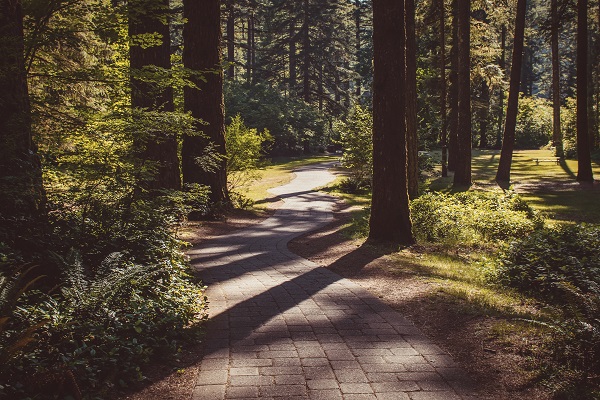
However, prolonged exposure to full sunlight can make most moss filaments dry up. That said, tree moss and spoon-leaved moss can thrive in both partial and total sunlight. Tree moss can survive consistent shade, partial and complete sunlight.
Shady spot
The shady spot provides a better environment for moss growth. Too much sunlight can kill the moss. In that sense, the shady spot with proper humid conditions provides a better environment for the moss to thrive. However, a species of moss that belongs to the family of peat moss-like Sphagnum can thrive in full, exposure to sunlight for a few hours a day.
This species can conserve a lot of water, which can help prevent it from drying out during these periods. Irish moss is another type of moss species that can survive if exposed to full sunlight as long as it gets access to a high amount of water.
Mosses such as tree moss and tufted thread moss can withstand both full and partial sunlight with their versatility. Invariably, the amount of sunshine a moss can take depends on how much moisture it needs.
Moisture/humid conditions
Moss requires moisture to grow and reproduce. Even dried-up moss can resurrect with the right amount of water. Damp areas too will accelerate the growth of moss between pavers.
Periods of prolonged wet weather
If pavers of the driveway or walkway are exposed to prolonged wet weather, it will accelerate the growth of moss. For instance, during the winter, your paver can become vegetation.
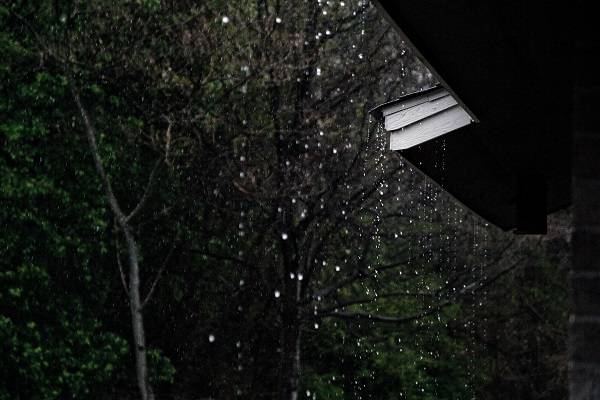
Different conditions can facilitate the growth of moss between pavers. One factor cannot just cause moss growth. Asides from moisture, moss growth also require partial or full shade to grow. It also requires airborne particles to fall between the pavers.
Conclusion
The primary factor that causes moss to grow between pavers is moisture. Even if you expose it to full sunlight and die. It may still come back to life with contact with moisture. Keeping moisture out from pavers is a huge step in stopping moss from growing between pavers. Mosses also will likely thrive in shady spots, damp areas, and humid conditions. Prolonged wet weather too can cause moss growth between pavers, especially in the winter season. Since the causes of moss growth between pavers are now clear, keeping moss from growing between pavers becomes easy. Often remove the dirt, debris, and stagnant water between the pavers. Most importantly, seal the pavers after removing the moss.
